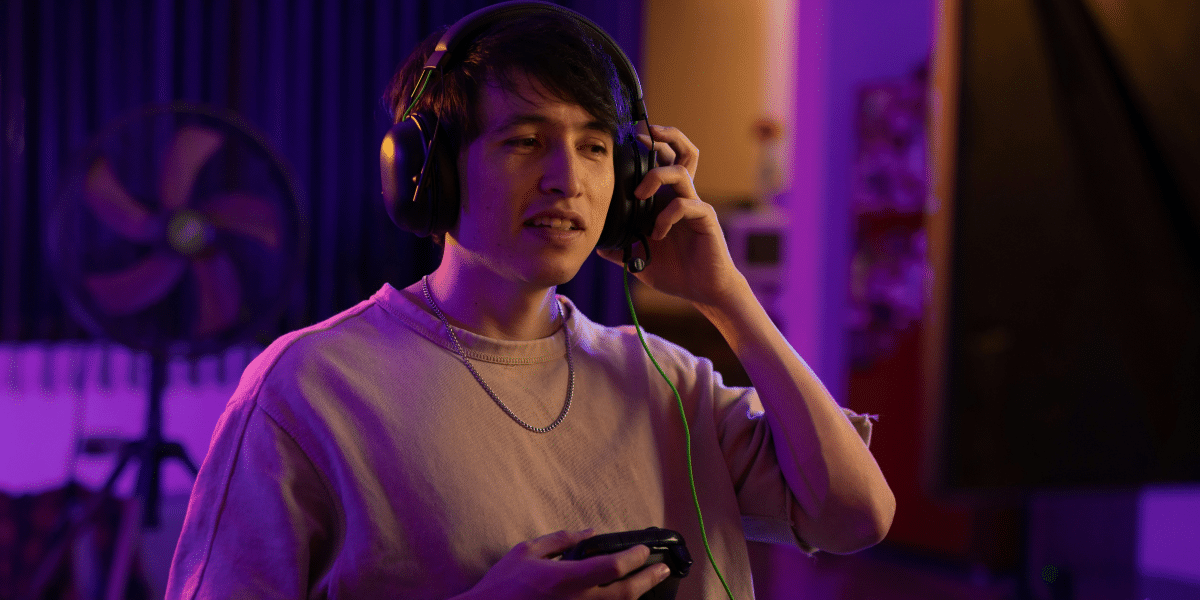In today’s rapidly evolving digital age, the rise of artificial intelligence (AI) has had a profound impact on various industries, including marketing and public relations (PR). With concerns about automation and job displacement, many professionals in the field have been hesitant to embrace AI. However, veteran PR practitioner, Nicole Rodrigues, believes that AI is not something to be feared, but rather a powerful tool that can both enhance and broaden the capabilities of marketing and PR professionals as we know them today. In this exclusive interview, we delve into Rodrigues’ 22-plus years of experience in the PR and marketing industry and explore why embracing AI is the way forward for future marketing and PR professionals at any stage in their careers.
As a seasoned professional, Nicole Rodrigues, CEO and Founder of NRPR Group, has worked mostly within the tech, sports, and entertainment industries, developing media relations strategies for impactful renowned organizations such as the Oakland (now Las Vegas) Raiders, Hulu, YouTube, Dolby, Los Angeles Comic Con, and others. As such, she’s witnessed firsthand how technology has relentlessly transformed the media landscape and these multiple industries over the years. With a passion for staying ahead of the curve, she recognized the necessity and potential of AI early on and has already successfully begun to integrate it into her PR strategies and as part of her executive-level counsel work, at her award-winning PR firm, which just celebrated nine years of continued growth. According to Rodrigues, “AI is not a threat to the profession but a catalyst for growth and innovation. We need to embrace evolution. If not, we would become stagnant, outdated, and outperformed. How we govern ourselves has both a trickle-down and a ladder-up effect, which means that our forward mindset at the agency is not just about us. It’s about how we best serve our clients and the industry as a whole.”
While the human element of interpersonal communications will remain paramount and necessary, one of the key advantages of AI in media relations, as Rodrigues explains, is its ability to analyze vast amounts of data quickly and efficiently. AI-powered tools are great for research, as they can sift through a dense amount of online conversation, social media trends, and news articles in a matter of moments, providing PR professionals with valuable insights into public sentiment and the media landscape at a fraction of the time it would take to do any of this manually. This data-driven approach thereby allows for more informed decision-making and enables PR practitioners to tailor their strategies to resonate with their target audiences quicker, and let’s face it: time is money.
Rodrigues further explained that embracing AI doesn’t mean replacing human expertise but rather augmenting it, strengthening it, and allowing it to thrive more through creativity versus basic human thought. AI can automate repetitive tasks such as media monitoring, basic content creation, and performance tracking, freeing up valuable time for PR professionals to focus on strategic thinking, relationship-building, strategy, and deep, meaningful content creation. By leveraging AI tools for basic use, PR practitioners can enhance their efficiency and productivity, allowing them to deliver better results for their clients.
The advent of AI has also brought about new opportunities for PR professionals to amplify their clients’ messages. With AI-driven content generation tools, it is now possible to speed up the creation of press releases, blog posts, and social media captions. Rodrigues believes that combining the power of AI with human creativity can lead to compelling storytelling and impactful communication strategies that resonate with target audiences while dramatically decreasing the amount of time it takes to administer the “tee up” and “getting started” periods of content creation.
Rodrigues acknowledges, however, that the successful integration of AI into the PR industry requires a mindset shift as well as actual experience – as she encourages marketing and PR professionals to embrace continuous learning opportunities and adapt to new technologies in real time. To know how to best use AI, you need to understand your craft, so you can easily spot where AI falls short. Therefore, instead of fearing AI, PR practitioners can view it as a valuable ally that can enhance their skills and motivate them to stay ahead of the competition.
Rodrigues also emphasizes the importance of ethical AI practices. As AI continues to advance, it is crucial to maintain transparency, integrity, and human oversight in its implementation. “Given AI can’t plug information into or ask questions of itself, AI needs humans to serve,” she continued, further noting her belief that responsible use of AI ensures that PR professionals can build trust with their clients and stakeholders while avoiding the pitfalls of automated misinformation or biased algorithms.
This all said, Rodrigues’ extensive experience in the PR industry serves as a testament to the positive impact of AI on media relations. By embracing AI, marketing and PR professionals can leverage its capabilities to their advantage, gaining valuable insights, streamlining processes, and delivering impactful results. With the right mindset and ethical practices, AI becomes a powerful tool that enhances the role of PR professionals rather than threatening it.
As the industry continues to evolve, future marketing and PR professionals would do well to learn from Rodrigues’ experience and embrace AI as an integral part of their professional toolkit. By doing so, they can navigate the changing media landscape with confidence and unlock new opportunities for success without missing a beat.







